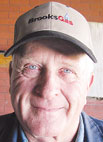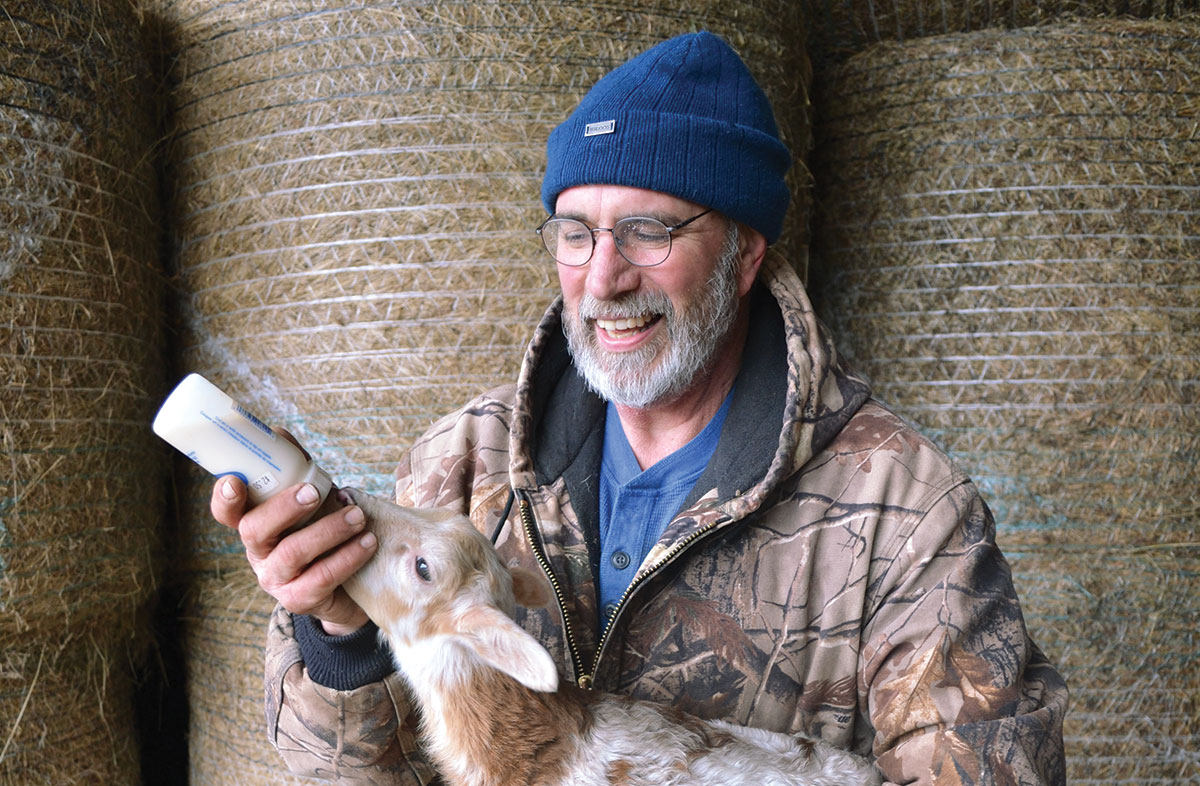
“Management is the key,” explained Hal Ryan, ranch manager for Organic Cattle Exchange located in rural Texas County. “We just have to watch what we’re doing and make sure we follow the organic guidelines and regulations. But the basic principles of livestock production are the same.”
Organic Cattle Exchange is located north of Willow Springs, Mo. They also have acreage in Howell and Wright counties in Missouri. In all, about 1,000 acres are in use.
Organic Cattle Exchange is certified by Midwest Organic Services Association (MOSA). It’s an annual certification that includes an inspection of the operation and organic plan that the ranch follows.
“Our goal is to provide products to consumers virtually toxin free in a humane and fair manner for the animals and producers, and to make it sustainable for the future,” Hal explained.
“We follow MOSA guidelines for organic farming that includes no commercial fertilizer, no antibiotics in the livestock and no herbicides or pesticides.”
Hal started with Organic Cattle Exchange about 1 1/2 years ago.
“I grew up raising cattle, working other farms and doing day work,” he explained. “When I was looking for something a little different, I saw an ad on the Internet for ranch manager of the farm and well, here I am.”
The Organic Cattle Exchange also raises sheep.
“We raise Katahdin sheep and just finished our lambing season,” Hal said. “Our numbers increased from an average 1.5 lambs per ewe last year to 1.97 lambs per ewe this year.”
Currently they have about 50 ewes on the farm but are planning to increase that number to as many as 150.
“We are getting things organized and established so they work for us before we begin to increase numbers too much,” he added.
Between cows and feeder calves, Organic Cattle Exchange runs about 350 head of cattle.
“Most of the cattle are general crossbred animals, but we do have one small herd of Gelbvieh cows that are doing well on the grass-fed, organic program,” Hal said. “One of my next big projects is to do some research on what breeds to introduce that will do well on the program, but we already have some Balancer bulls we are using to increase our weaning weights.”
The Management
Hal explained when he and his wife of almost 10 years, Tresa, moved to Willow Springs Mo., and started working on the farm, the operation was not as tightly managed as he would have liked.
“The lambing and calving seasons were not set up for a normal spring and/or fall. Cows calved throughout the year because the bull was with cows most of the time for breeding.
“Now we have worked to begin fall and spring calving seasons for the beef cattle,” he said. “By grouping the calves and only allowing the cows to be exposed to the bull for a certain length of time, we should have groups of cattle to market, as well as easier management in regards to calving concerns and issues. Having them calving over a 60-day period helps keep me on track and watchful for calves and then I can move on and be watching them as a group as they grow.”
Hal explained the animal husbandry is the same whether working toward an organic product or not.
“This is just like raising what I call conventional livestock, but with a few extra steps to make sure you meet the guidelines,” he smiled.
“We work with the animals in hopes that their immune systems will grow healthy, keeping them in low stress environments with day to day interaction; making sure they receive the nutrition they need through organic minerals and rations and keeping them with quality organic grass or hay.
“Sometimes I find myself having to think more creatively and outside the box to meet the organic guidelines on how we can treat the animals and prevent disease and illness. For example, last year we used rotational grazing to our advantage for internal parasites. We kept cattle off the pastures for measured times and were able to break the worm cycle and control our parasites quite well.”
While the ranch strives not to use any antibiotics, Hal said there are times that they must be utilized.
“I am still a rancher at heart and if an animal gets sick and doesn’t get better after their own immune system tries to handle the issue, we do treat the animal,” he explained. “We treat them, mark them and then keep them separate to sell them conventionally through the livestock market. We don’t leave animals to die if they can be treated, but generally we try to allow their immune systems to handle the issue and keep animals truly organic.”
The Marketing
Ultimately, Organic Cattle Exchange would like to be able to market their livestock from conception to consumer and are planning to create a website for this purpose.
“Right now we are too big to only sell animals off the farm, but we’re too small to provide large quantities of livestock to packing facilities or feed lots as organic cattle,” he reasoned. “We are working hard in the middle ground, trying to build ourselves and build our market as we go.
“We do sell to individuals who are looking for organic, toxin-free products, but we are also looking for ways to market on a larger scale. I have talked with various livestock auctions about holding organic sales, allowing other producers to bring their organic products in and showcasing them all at one time, in one location. There is a future for organics, but there are still lots of areas of growth involved.”
“We just have to find that niche that we fit into. For me personally it’s been different because I can’t do things the way I’ve always done them. But I enjoy the challenge and my wife is always there helping me along. It’s been a great adventure and I feel like the organic production is just getting started. Only time will tell.”







